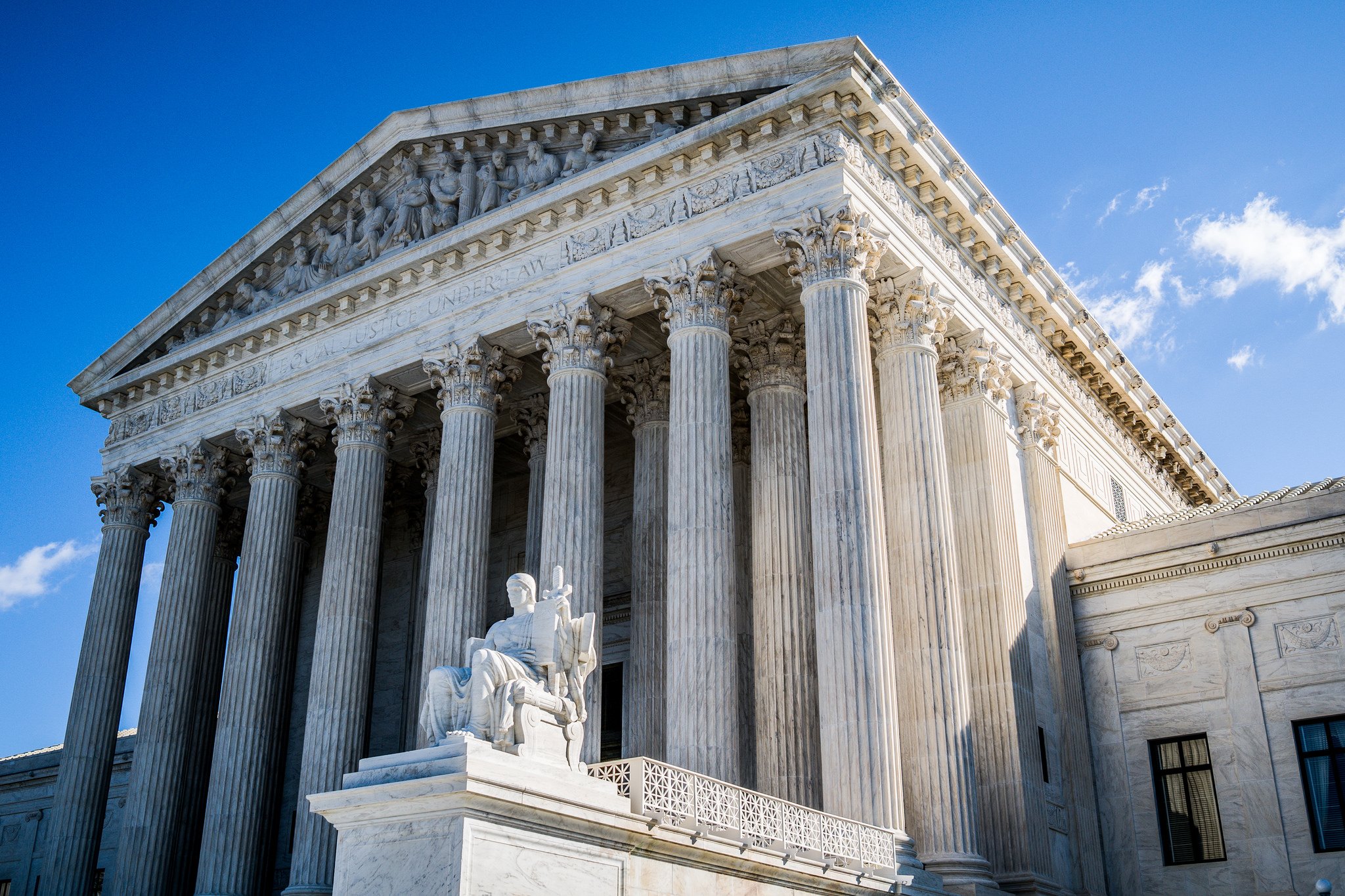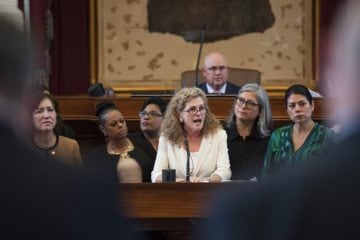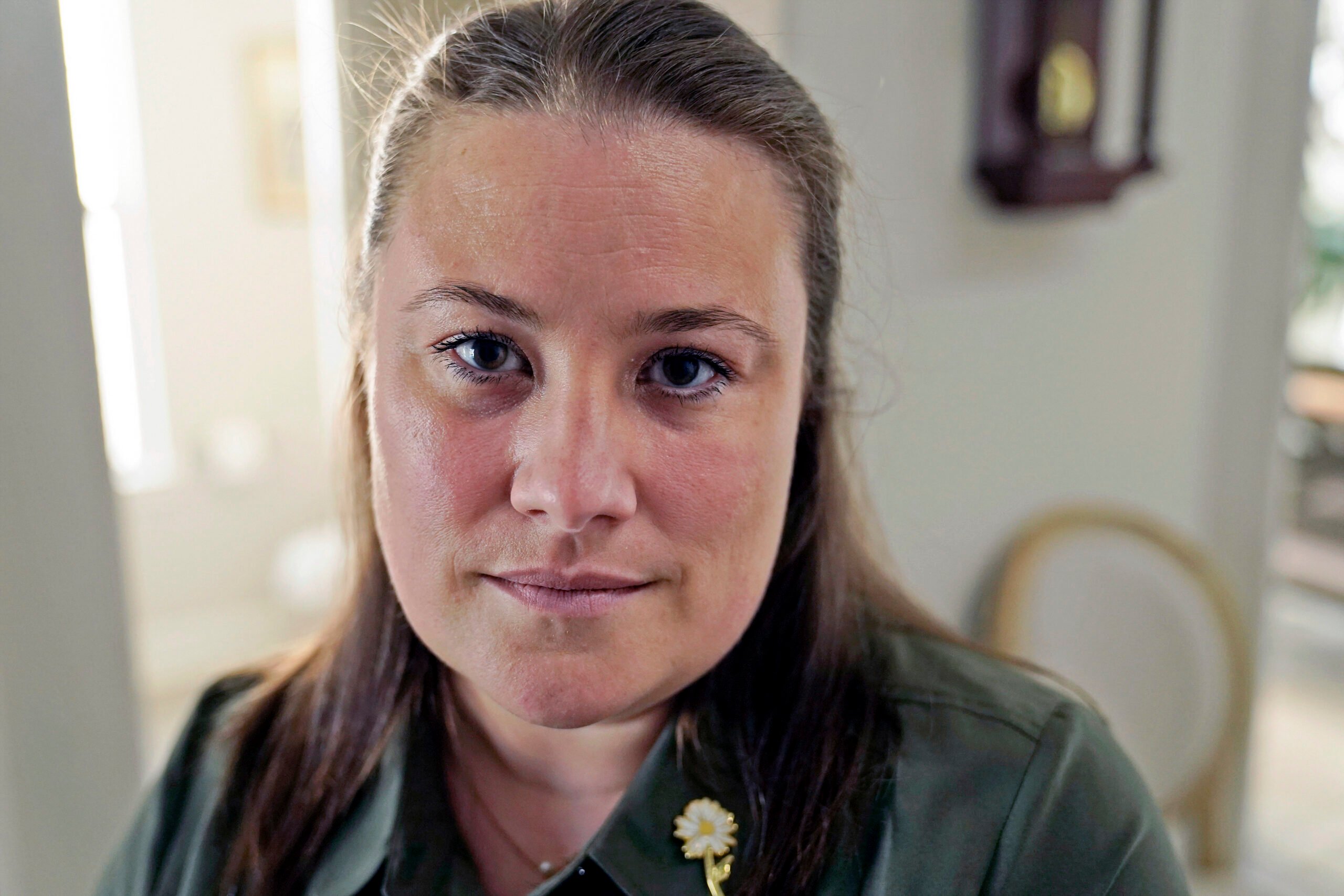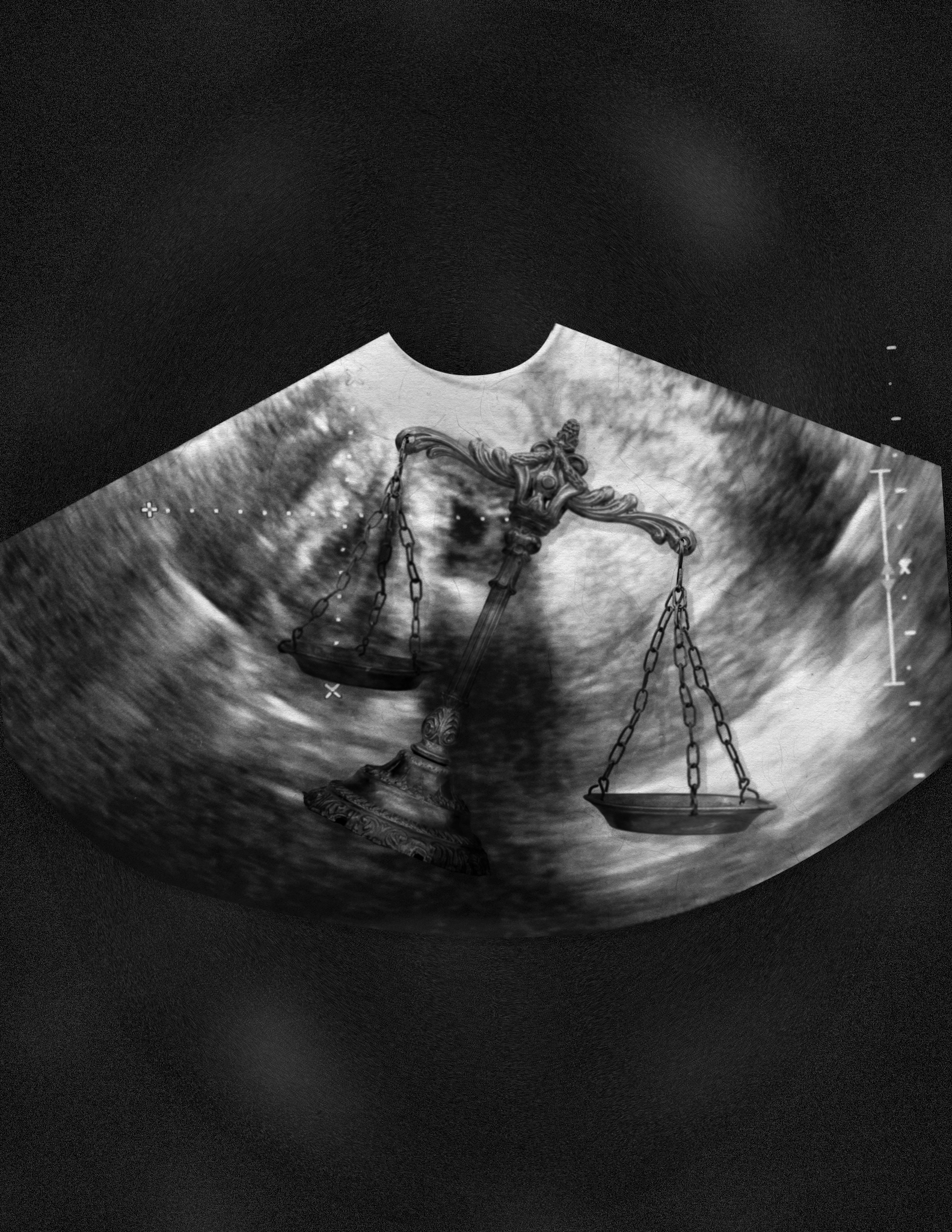
How Texas’ Anti-Abortion Lawmakers Win Even While Losing in Court
Senate Bill 8 will likely face a lawsuit this summer. The problem for abortion-rights advocates is that legislation often moves faster than the courts.

Above: United States Supreme Court
“Why don’t we just stop passing unconstitutional laws?” asked an exasperated Representative Chris Turner, D-Grand Prairie. He spoke in May as the House debated a sweeping new anti-abortion bill that Governor Greg Abbott has since signed into law. Turner didn’t really get an answer to his question and he probably didn’t expect to, but it is an interesting one. So why do anti-abortion lawmakers keep passing unconstitutional laws? One answer is: because it works.
Five hours and 25 amendments after the debate started, what began as a limited set of requirements emerged as Senate Bill 8, an omnibus measure that mandates burdensome clinic regulations and outlaws a safe, common abortion procedure. Abortion-rights advocates and their opponents alike call Texas’ new anti-abortion law the most sweeping since House Bill 2 was passed four years ago. It comes less than one year after the U.S. Supreme Court struck two major provisions from the 2013 law for placing an unconstitutional burden on abortion access. Reproductive-rights attorneys say the state will face a similar lawsuit against SB 8 this summer.
The HB 2 saga left both sides something to claim as a victory. The Supreme Court gave reproductive-rights groups a decisive win, but plenty of damage was already done. HB 2 forced the closure of more than half the state’s abortion clinics, and only three have reopened since. The problem for abortion-rights advocates is that legislation often moves faster than the courts.
The fallout from SB 8 could be similar. “We’re looking at again the possibility of clinic closures and other restrictions that force women to leave the state if they need abortion care,” said Amanda Allen, senior state legislative counsel at the Center for Reproductive Rights, which filed the lawsuit against HB 2 and has pledged to fight SB 8. “In terms of access on the ground, this presents a huge threat to Texas.”

Reproductive-rights attorneys are focused on two provisions that would most restrict abortion access: a requirement that fetal remains be buried or cremated, and a ban on “dismemberment abortions” — a nonmedical term that refers to dilation and evacuation (D&E) abortions, the most common type of second trimester procedure.
Abortion clinics may not be able to find third-party vendors to comply with the funeral-like requirements for fetal tissue disposal, and costs could be prohibitive, attorneys say. Failure to comply could cause more clinic closures. Meanwhile, the D&E ban could effectively prohibit abortions after 13 weeks.
“This is going be another sweeping, sweeping anti-abortion restriction if it takes effect,” Allen told the Observer.
The problem for abortion-rights advocates is that legislation often moves faster than the courts.
Those who battled HB 2 take comfort in the fact that both measures have already been successfully challenged in court. In January, a federal judge blocked new Texas regulations that would’ve required burials for fetal remains. And D&E abortion bans have been halted in four other states.
These restrictions are “more of the same” as HB 2, so similar legal arguments can be expected, said Stephanie Toti, the former Center for Reproductive Rights attorney who argued last year’s Supreme Court case.
But if SB 8 plays out the same way as HB 2, that’s bad news for those who favor abortion access. Anti-abortion advocates are prepared for a long fight, and win or lose in court, SB 8 could have lasting consequences.
“I’m not concerned about [a lawsuit] at all. That’s what we need,” said John Seago, legislative director of Texas Right to Life, an anti-abortion advocacy group aligned with the far-right House Freedom Caucus. “The pro-life movement is ultimately set on overturning Roe v. Wade. You have to do that in court.”
Seago wants to push the D&E ban — his priority legislation — all the way to the Supreme Court. He says this would force a conversation centered around protecting the fetus rather than regulating clinics.
“The courts recognize state interests in prohibiting elective abortion that have nothing to do with maternal health, but with protecting unborn life,” he told the Observer, pointing to Gonzales v. Carhart, the 2007 Supreme Court case that upheld the partial-birth abortion ban.
Other anti-abortion advocates favor a more incremental approach. This faction wants to chip away at access with HB 2-like restrictions until the makeup of the Supreme Court changes in their favor.

“It’s very clear now that [Justice Kennedy] will not uphold any state or federal provision that makes abortion less accessible, that’s the unfortunate reality,” said Joe Pojman, executive director of Texas Alliance for Life, an anti-abortion group aligned with House leadership. His group lobbied the Texas Legislature against the D&E ban, saying it would be struck down and the state would again face hefty legal fees.
“Let’s not pass it at this time, but wait until we have more votes on the Supreme Court that understand the U.S. Constitution allows states to regulate abortion,” Pojman told the Observer. “We’re not at that point now.”
The fetal remains requirement was Pojman’s top priority this session. He says it will ultimately withstand a court challenge, even though a federal judge in Austin has ruled otherwise. The U.S. Fifth Circuit Court of Appeals is likely to be more sympathetic than the Austin district court, Pojman said.
“It’s typical modus operandi [for judges in the Western District of Texas] to strike down these laws,” he said. “But the 5th Circuit has done a very good job of overruling them, realizing the state has every basis for passing a law like this.”
“We need to push the case higher,” Seago agreed, his sights set on the Supreme Court.


